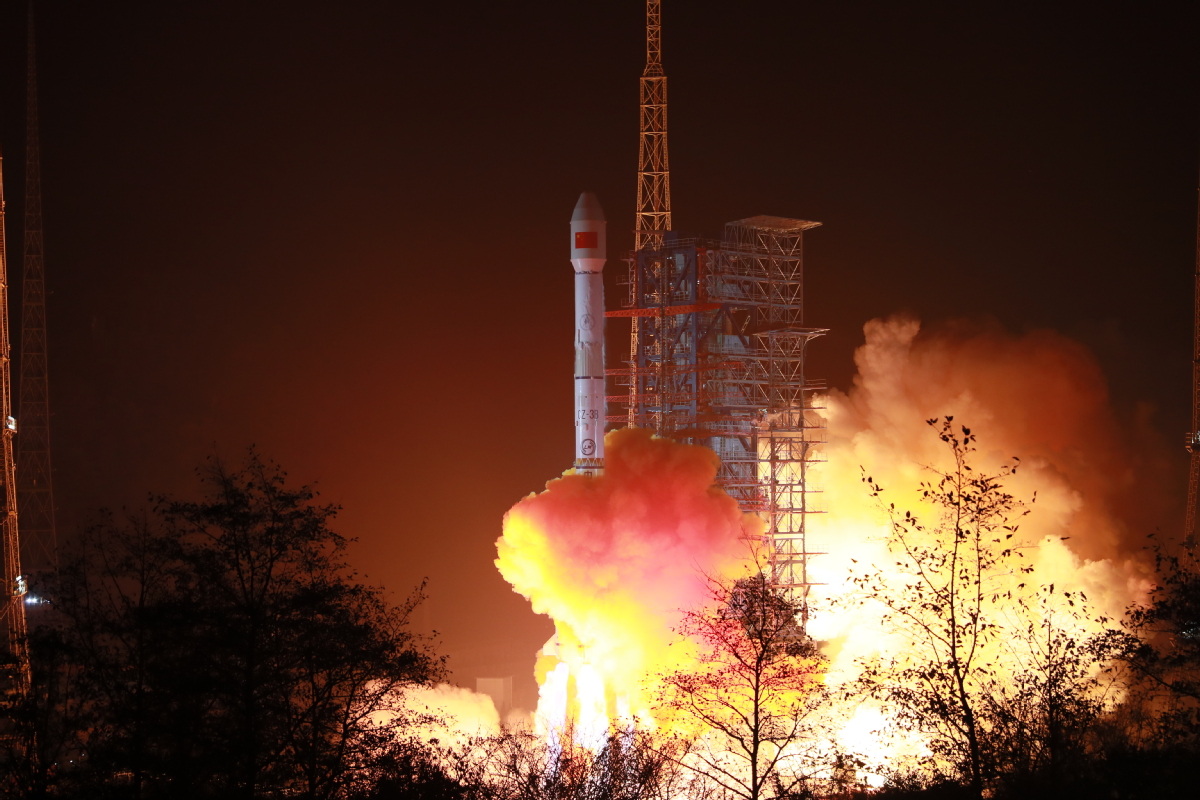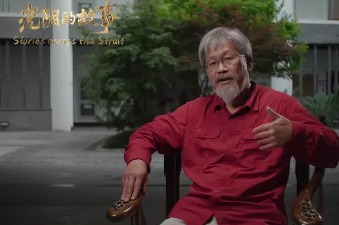Successful communications satellite launch is first space mission of year


China launched a communications satellite early on Wednesday morning in its first space mission this year, the country's leading space contractor said.
A Long March 3B carrier rocket lifted off at 12:25 am from the Xichang Satellite Launch Center in West China's Sichuan province and transported the Tiantong 1-03 satellite into a preset orbit, China Aerospace Science and Technology Corp said. It was the 358th flight of the Long March rocket family.
Tiantong 1-03 is the third satellite in the Tiantong 1 system, developed by the China Academy of Space Technology, which consists of space-based assets, ground facilities and user terminals.
China's answer to the British-based Inmarsat network, Tiantong 1 is the country's first space-based mobile communications system and also part of its space-based information infrastructure, helping China break foreign companies' dominance in the field, according to its designers.
Tiantong 1-01, the first satellite in the network, was lifted into space in August 2016. Tiantong 1-02 was launched in November. Both of them are working in geosynchronous orbit.
The deployment of Tiantong 1-03 will significantly improve China's capability to maintain its communications system in emergencies and expand the coverage of the nation's independent mobile communications satellite network to the entire Asia-Pacific region, said Chen Mingzhang, chief designer of the Tiantong 1 system.
Based on the DFH-4 satellite framework, the Tiantong 1-03, like its predecessors, is tasked with providing all-weather, round-the-clock, stable and reliable mobile communication services to users, especially to those in places with restricted access to traditional communication networks such as mountains and plateaus.
It is designed to function for at least 12 years and will be able to serve about 300,000 terminal users in a wide variety of industries, including geological surveys, power generation and fisheries, Chen said.
He cited industry forecasts that there will be more than 3 million users of satellite-enabled mobile communication terminals by 2025, covering fields including marine transport, fishing, polar exploration, land surveys and emergency response.
China Aerospace Science and Technology Corp plans to launch more than 40 missions this year, including those for the nation's space station program.
Sources at China Aerospace Science and Technology Corp said those missions will be carried out by the conglomerate's Long March-series rockets, China's backbone rocket fleet, and do not include those to be made by the company's newly developed Smart Dragon solid-propellant rockets.
That means the actual number of rockets it launches this year will be even bigger.
- China condemns US $330m arms sale to Taiwan
- Transformation of healthcare in Xizang celebrated
- Confucius Institute expanding with new projects
- Potala Palace to implement Monday closure policy
- Workers with disabilities building new kind of community in Taicang
- Dongying birdwatching: More than birds, legacy in sky





































